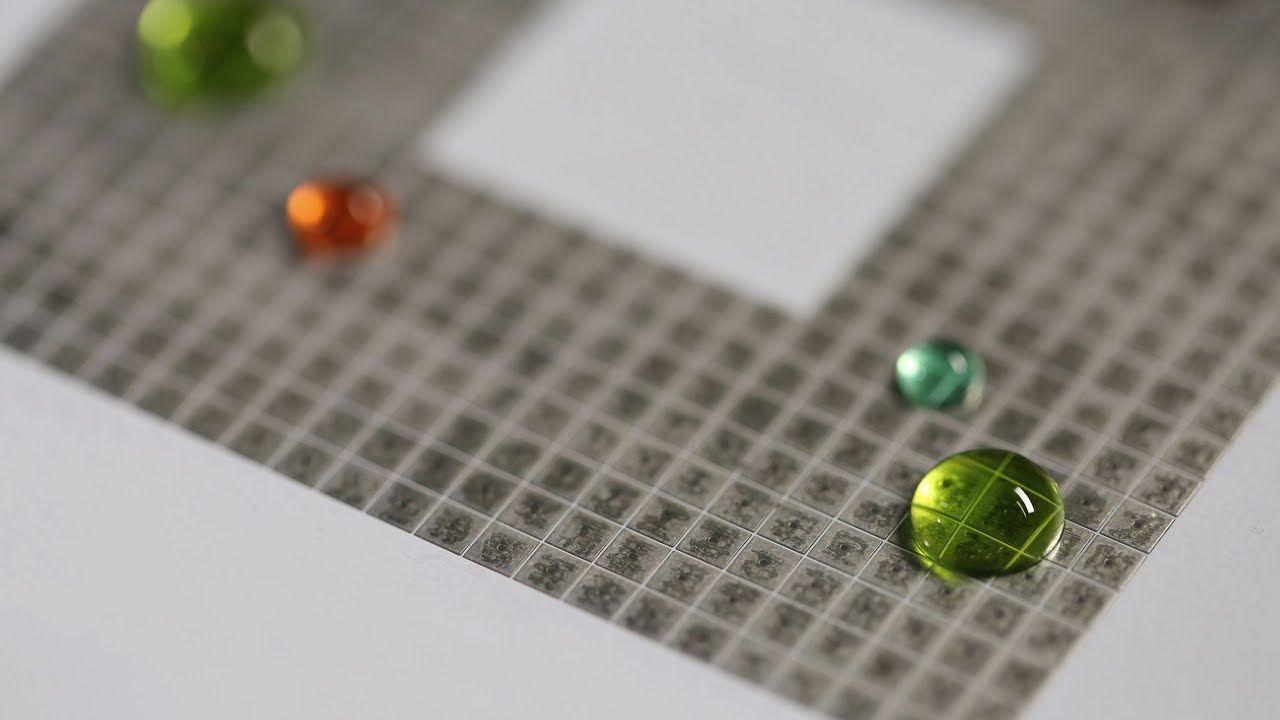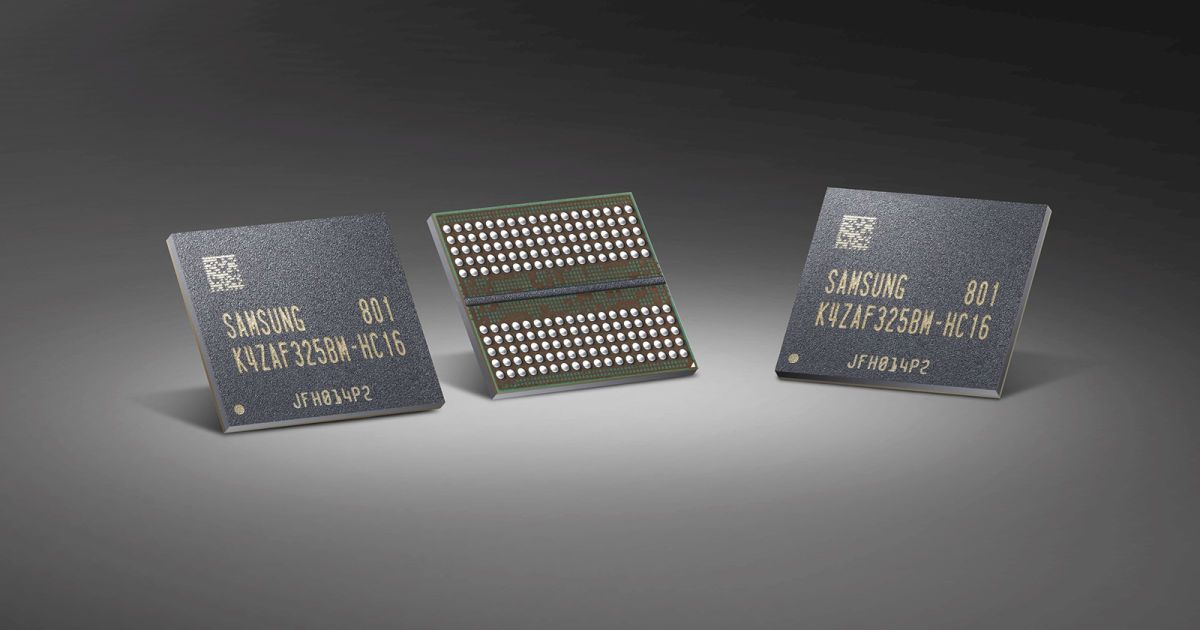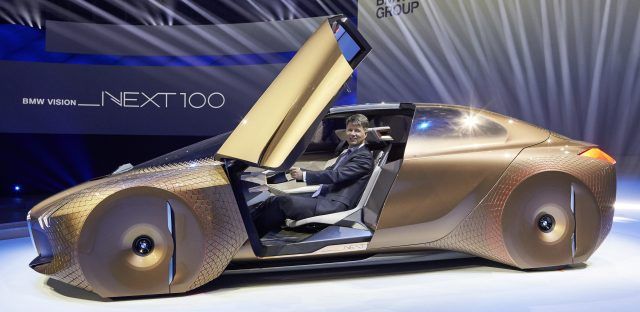In the coming decades, the mining of precious minerals in space is likely to have a major impact on the global economy. And existing laws are nowhere near ready for the shift.
High-tech warfare at knife-fight ranges: that’s the ugly future of urban combat. If you thought Baghdad was bad, with its roughly six million people, imagine a “megacity” of 10 or 20 million, where the slums have more inhabitants than some countries. Imagine a city of the very near future where suspicious locals post every US military movement on Twitter with digital photos and GPS-precise coordinates. Imagine roadside bombs that fly because the bad guys downloaded blueprints for a kamikaze mini-drone and built it with their 3D printer.
As the US pulls out of the mountains and deserts of Afghanistan, the Navy and Air Force may be looking to the wide-open Pacific, but the Army is increasingly concerned about the cramped alleyways of Third World cities. (The Marines, as usual, have a foot in both worlds). Chief of Staff Ray Odierno’s personal Strategic Studies Group — now led by hybrid warfare expert David Johnson — is working on the subject, as is the Army’s think tank and teaching institution, Training and Doctrine Command (TRADOC). This August, after months of seminars, simulations, and study, the Army War College will host a “deep future wargame” set in a megacity, probably a coastal one, circa 2035.
“We talk about the danger of failed states: Imagine a failed megacity,” offers Col. Kevin Felix of TRADOC’s Army Capability Integration Center (ARCIC), which plays a leading role in organizing the wargame. Even a partial breakdown of security and public services could put thousands of people in peril — or under the rule of drug gangs, as in Brazil’s infamous favelas; or of terrorist groups, like Hezbollah in parts of Lebanon. In those parts of the city, Felix told me, “there may be order, but I wouldn’t define it as law and order.”
It is not Iron Man. It isn’t even Iron Fist. Lockheed Martin’s newest exoskeleton is more like Iron Leg. But for a soldier humping his weapons, ammo and body armor up a mountain in Afghanistan or a high-rise building in a future urban battle, a device to take the load off would be welcome. And, unlike science fiction supersuits, we can build it now.
Exoskeletons are part of the Pentagon’s Third Offset Strategy, which seeks to use robotics and artificial intelligence to enhance humans on the battlefield, rather than to replace them. There’s no area where the need is more acute than in the infantry, which takes the vast majority of casualties.
Why aren’t holograms or related optical devices part of our everyday lives yet? The technologies can be created by using magnetic fields to alter the path of light, but the materials that can do that are expensive, brittle and opaque. Some only work in temperatures as cold as the vacuum of space.
Minjeong Cha, MSE PhD Student, applies a gel made up of chiromagnetic nanoparticles that are a conduit for modulating light to a laser apparatus. Image credit: Joseph Xu, Michigan Engineering
Now, researchers from the University of Michigan and the Federal University of Sao Carlos in Brazil have demonstrated that inexpensive nanoparticles in a gel can replace traditional materials at a drastically reduced cost. And their approach works at room temperature.
MIT researchers have developed hardware that uses electric fields to move droplets of chemical or biological solutions around a surface, mixing them in ways that could be used to test thousands of reactions in parallel.
The researchers view their system as an alternative to the microfluidic devices now commonly used in biological research, in which biological solutions are pumped through microscopic channels connected by mechanical valves. The new approach, which moves solutions around in computationally prescribed patterns, could enable experiments to be conducted more efficiently, cost-effectively, and at larger scales.
“Traditional microfluidic systems use tubes, valves, and pumps,” says Udayan Umapathi, a researcher at the MIT Media Lab, who led the development of the new system. “What this means is that they are mechanical, and they break down all the time. I noticed this problem three years ago, when I was at a synthetic biology company where I built some of these microfluidic systems and mechanical machines that interact with them. I had to babysit these machines to make sure they didn’t explode.”
You can start getting pumped about the next generation of graphics cards, as Samsung has announced that it’s building the first-ever 16-gigabit GDDR6 chips using its 10-nanometer class technology. The news isn’t a complete surprise, as Samsung previously said that GDDR6 was coming when it unveiled 8-gigabit DDR4 RAM chips last month and won a CES 2018 Innovation Award in November.
“Beginning with this early production of the industry’s first 16Gb GDDR6, we will offer a comprehensive graphics DRAM line-up, with the highest performance and densities, in a very timely manner,” said Samsung’s Senior VP Jinman Han. The company also did a minor tease, saying the chips “will play a critical role in early launches of next-generation graphics cards and systems.”
The voracious demand from bitcoin mining has pushed the GeForce GTX 1070 from a $380 suggested retail price to $890.
BMW is promising a series of new all-electric cars starting next with the first all-electric Mini, but the most anticipated one is the 2021 iNext electric vehicle, which the German automaker has been positioning as a Tesla Model 3 competitor.
They are now hinting at a major range increase for the upcoming vehicle.









